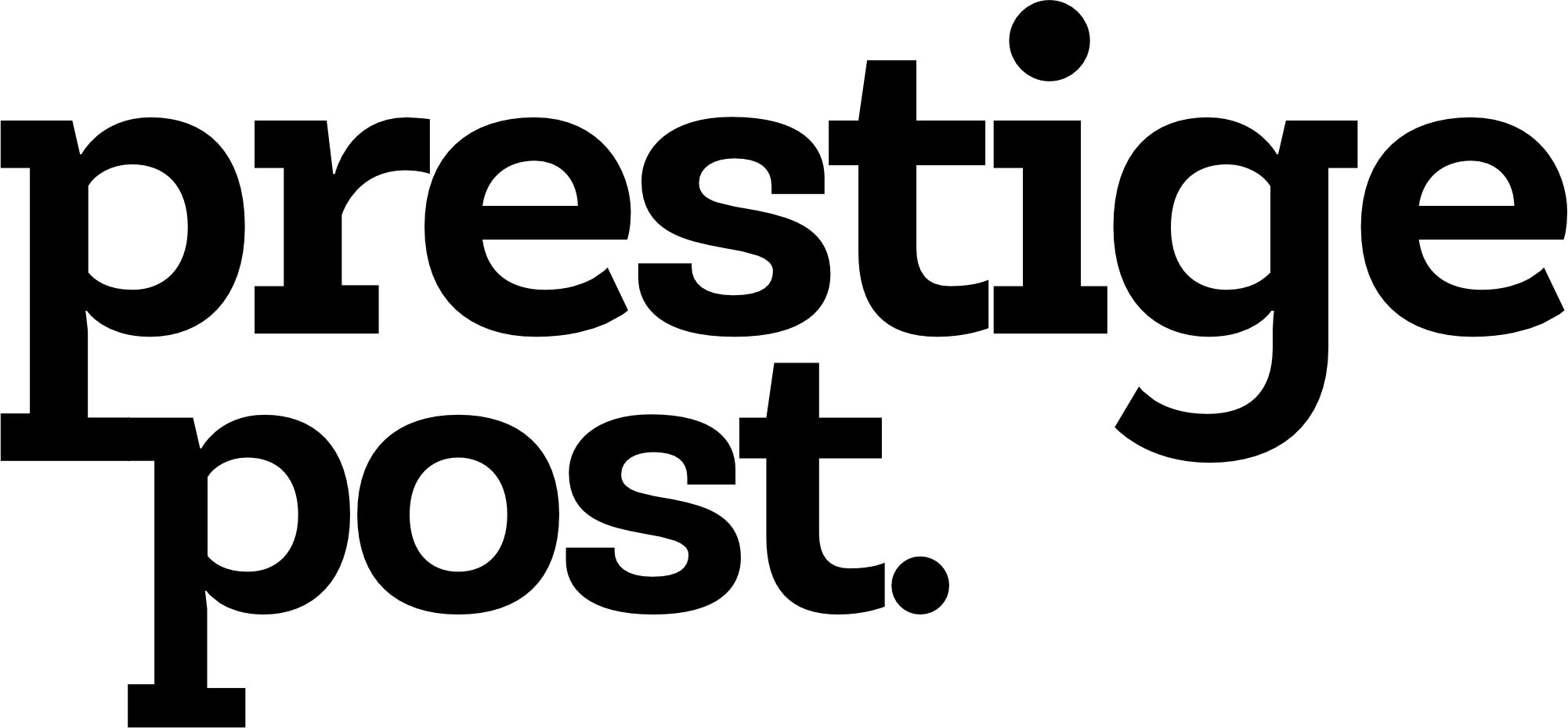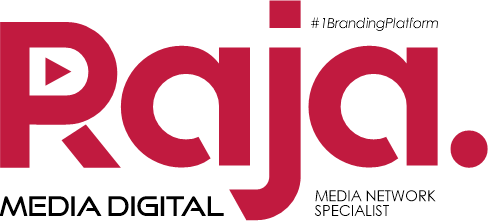For the second consecutive meeting, the Federal Reserve has decided to leave interest rates unchanged, maintaining its cautious approach to monetary policy as economic conditions remain uncertain. While the central bank’s stance provides stability in the short term, consumers and investors are left wondering what this means for their financial future. In the face of a volatile economic landscape, strategic financial decisions can still be made to optimize savings returns and manage debt effectively.
The Federal Reserve’s latest decision underscores its concerns about slower economic growth and persistent inflation. Market analysts had anticipated that the Fed would refrain from making any moves on interest rates given the mixed economic signals, but the announcement reaffirmed the central bank’s cautious outlook. Officials noted the increasing risks posed by geopolitical tensions, fluctuating trade policies, and global economic instability. These factors contribute to ongoing uncertainty, making it difficult to predict when or if rate adjustments will occur in the near future.
While the Fed remains hesitant to cut rates, financial experts warn against hoping for lower borrowing costs too soon. Greg McBride, chief financial analyst at Bankrate, emphasized the importance of understanding why interest rates move. “Consumers should be careful what they wish for when it comes to declining rates. We want rates to fall because inflation is under control, not because the economy is weakening,” he explained. His statement highlights a critical concern: lower rates can be beneficial for borrowers but may also signal economic distress.
Despite the Fed’s inaction, consumers have multiple avenues to safeguard their financial well-being. Savers, for instance, can still secure competitive returns by leveraging high-yield online savings accounts, which currently offer rates exceeding 4%. Traditional savings accounts at brick-and-mortar banks, by contrast, provide a meager return of around 0.6%. Certificates of deposit (CDs) also remain a strong option for those willing to lock in funds for a set period, with rates averaging between 4.15% and 4.45% depending on term length. Investors seeking short-term, government-backed securities can consider U.S. Treasuries, which currently yield between 4.01% and 4.29%.
For those managing debt, the current interest rate environment presents both challenges and opportunities. Credit card interest rates remain alarmingly high, averaging over 20%, prompting financial advisors to recommend balance transfer cards with 0% promotional APRs as a means to aggressively pay down principal. Negotiating lower rates with credit card issuers is another viable strategy, with data showing that a majority of consumers who request a rate reduction are successful. Mortgage borrowers, meanwhile, may find refinancing opportunities limited, though the possibility of future Fed rate cuts could eventually lead to more favorable loan terms.
Auto loans have also been affected by broader economic factors, with rising borrowing costs making it more expensive to finance new and used vehicles. The prospect of additional tariffs on imported car parts threatens to push prices even higher, adding another layer of complexity for consumers looking to purchase or refinance a vehicle. Those with strong credit scores may still be able to secure relatively favorable loan terms, but careful consideration is necessary before committing to long-term auto financing agreements.
Although the Fed’s latest decision leaves interest rates unchanged, consumers are not without options. By taking a proactive approach to financial planning, individuals can capitalize on high-yield savings opportunities, minimize debt burdens, and position themselves for greater financial stability regardless of future rate movements.









